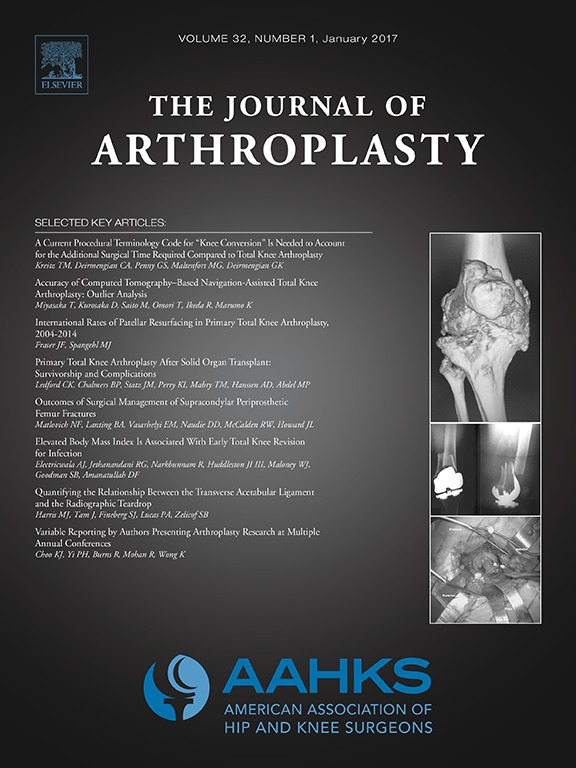
Role of high flexion implant design for cruciate-retaining TKA

Role of high flexion implant design for cruciate-retaining TKA
Is range of motion after cruciate-retaining total knee arthroplasty influenced by prosthesis design? A prospective randomized trial
J Arthroplasty. 2014 May;29(5):961-5Did you know you're eligible to earn 0.5 CME credits for reading this report? Click Here
Synopsis
132 patients undergoing cruciate-retaining total knee arthroplasty (TKA) were randomized to evaluate the efficacy of high flexion implants against a standard prosthetic. 122 patients were included in the analysis with 51 patients receiving standard prosthetic and 71 receiving the High Flex implant. Patients' preoperative, intraoperative, and 1 year postoperative range of motion were assessed, alon...
To view the full content, login to your account,
or start your 30-day FREE Trial today.
FREE TRIAL
LOGIN
Forgot Password?
Explore some of our unlocked ACE Reports below!

Learn about our AI Driven
High Impact Search Feature
Our AI driven High Impact metric calculates the impact an article will have by considering both the publishing journal and the content of the article itself. Built using the latest advances in natural language processing, OE High Impact predicts an article’s future number of citations better than impact factor alone.
Continue



 LOGIN
LOGIN

Join the Conversation
Please Login or Join to leave comments.